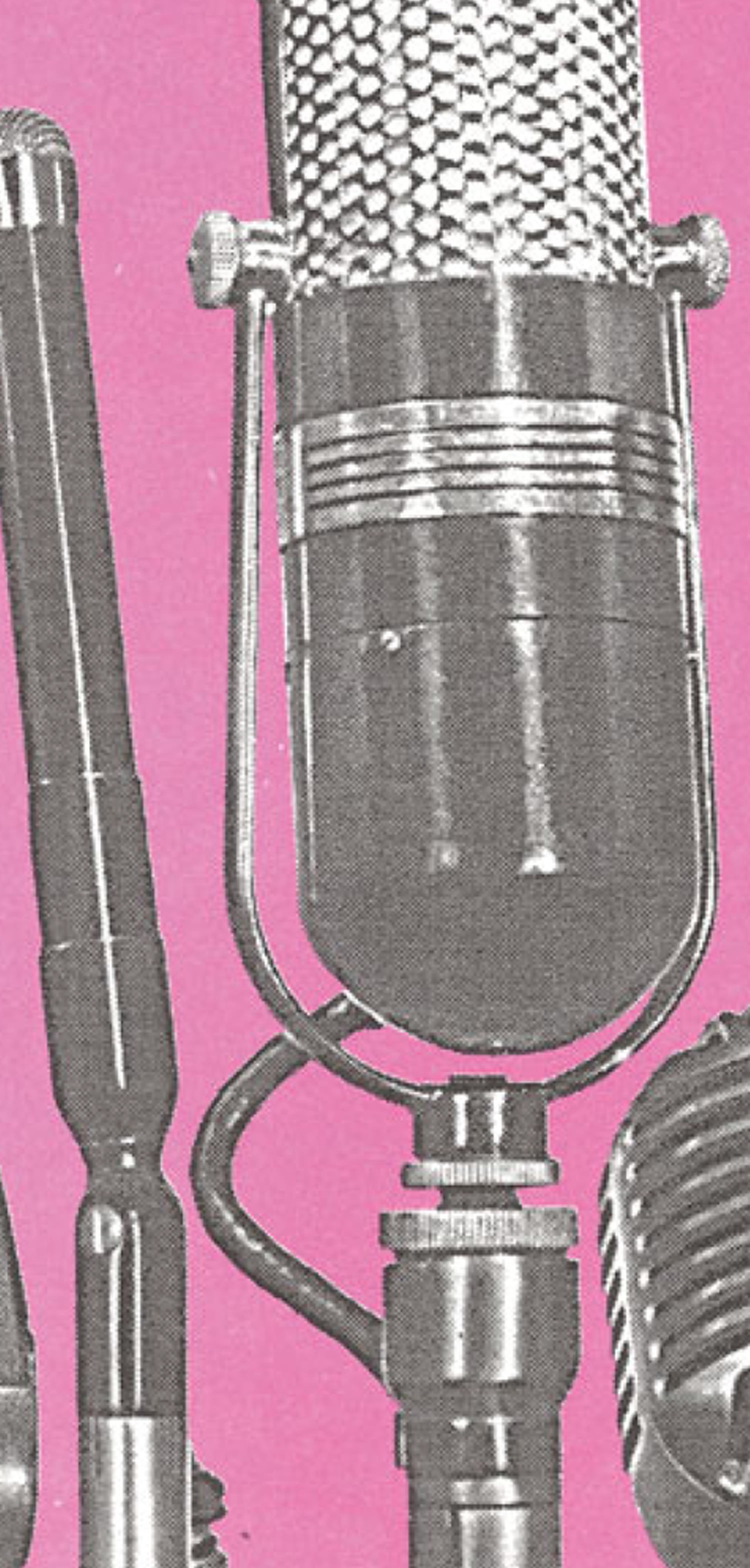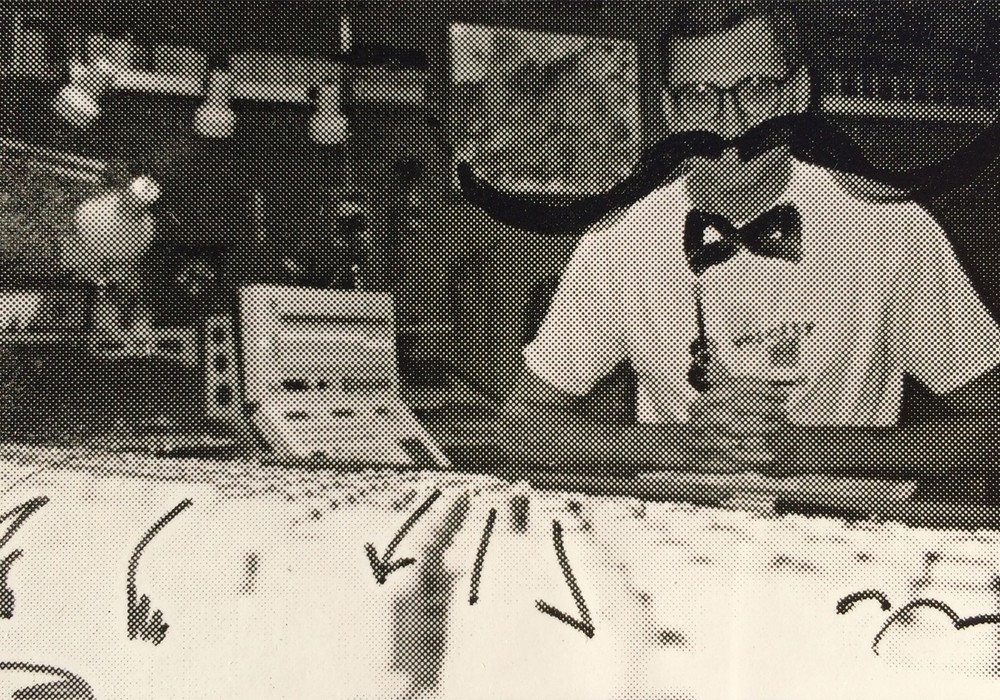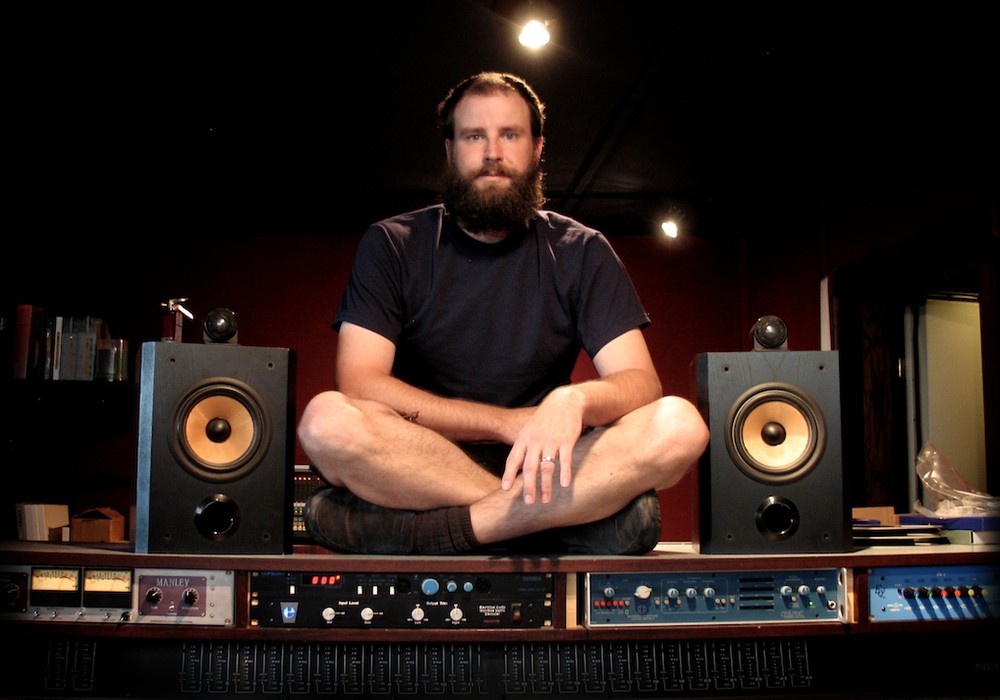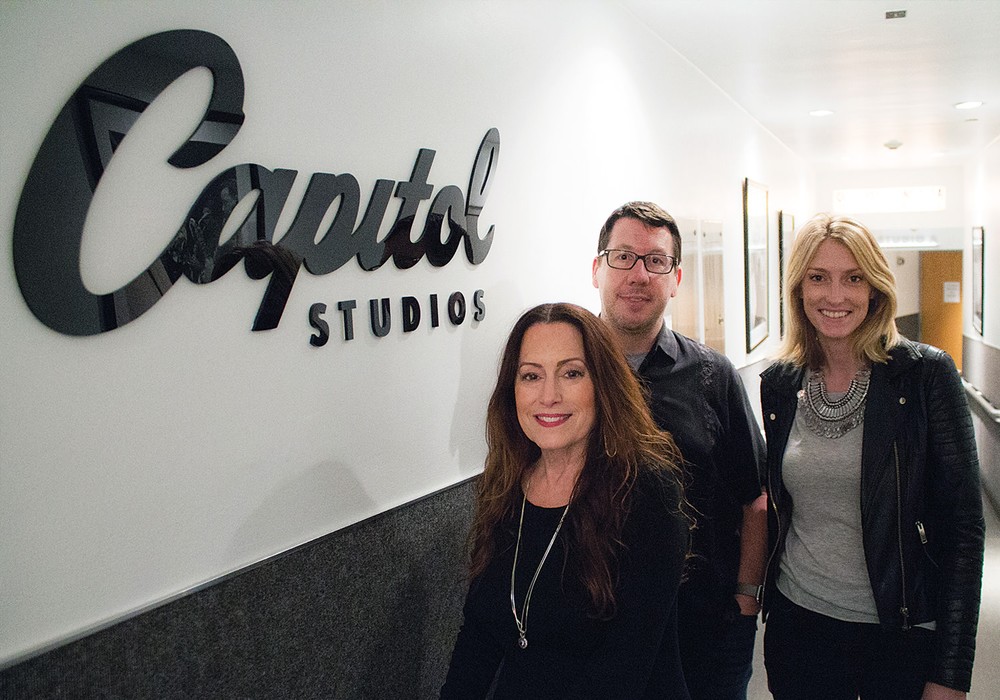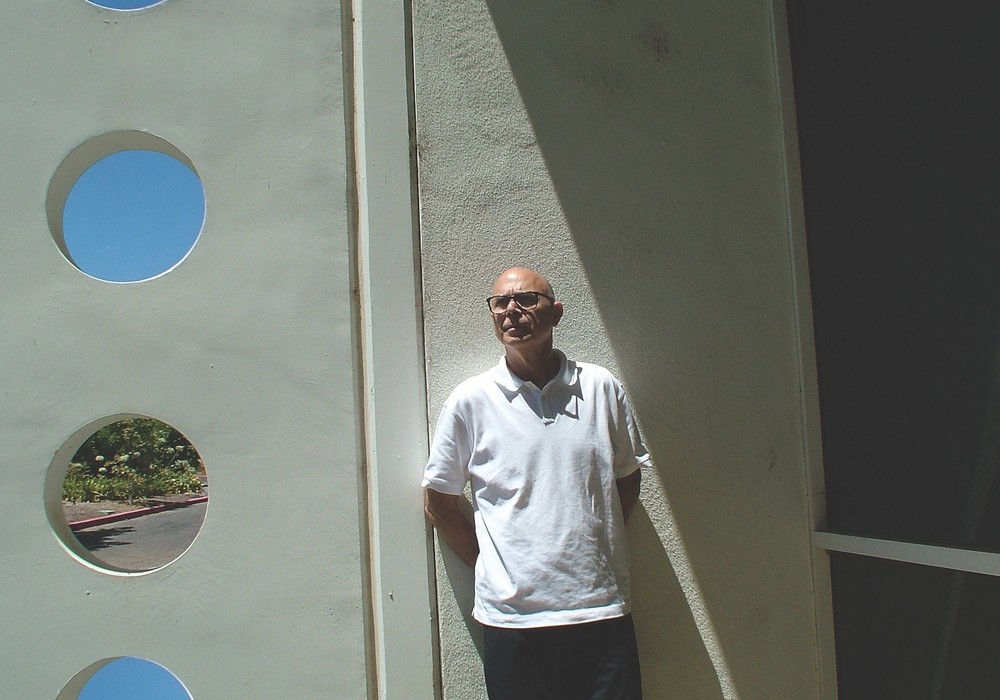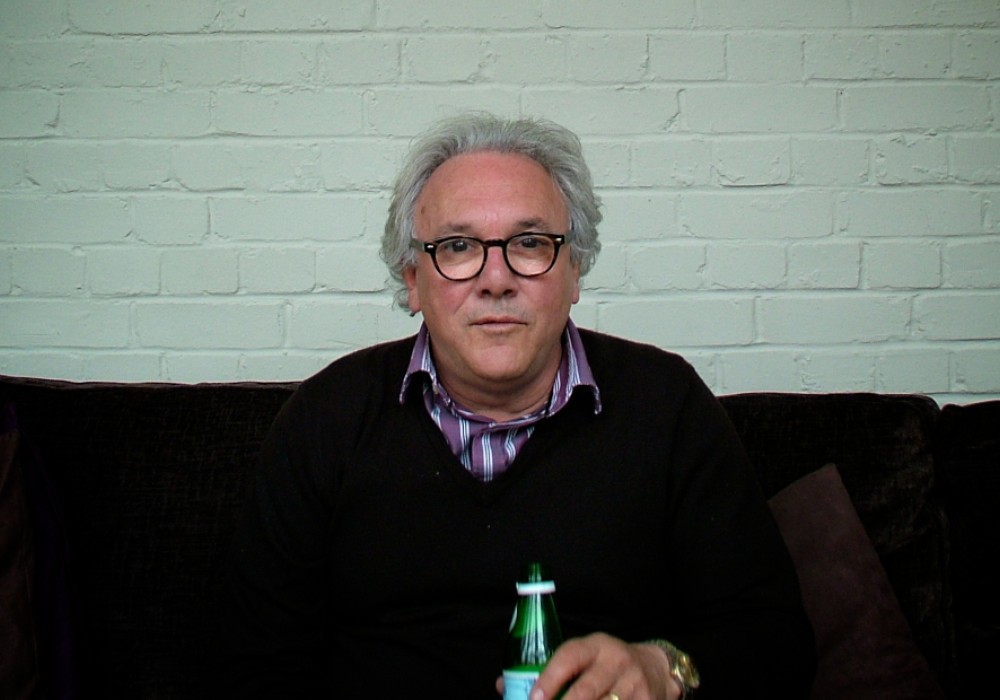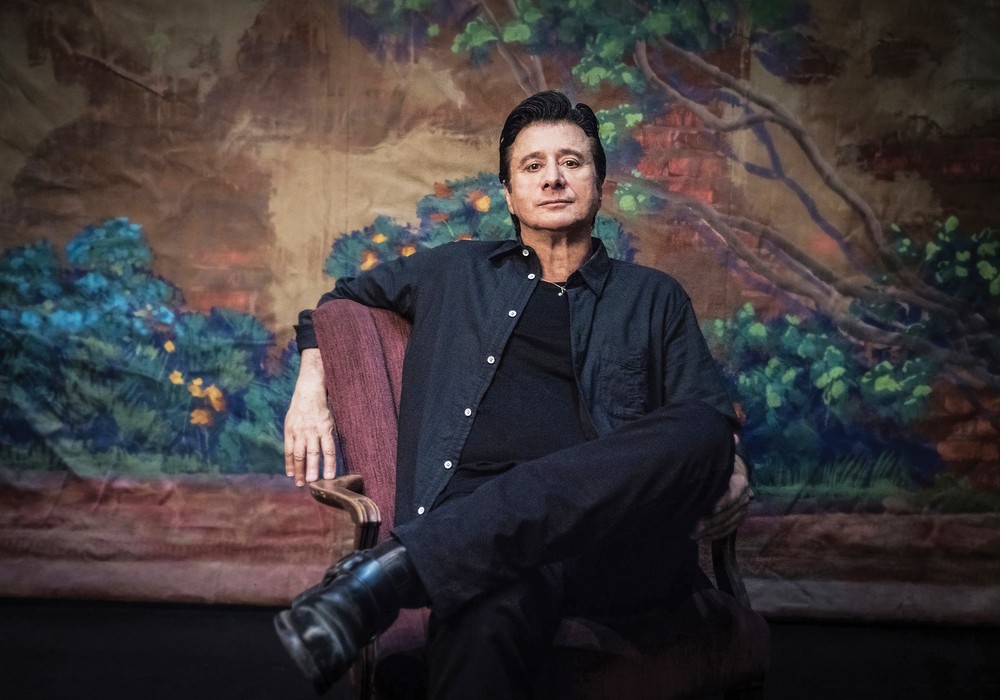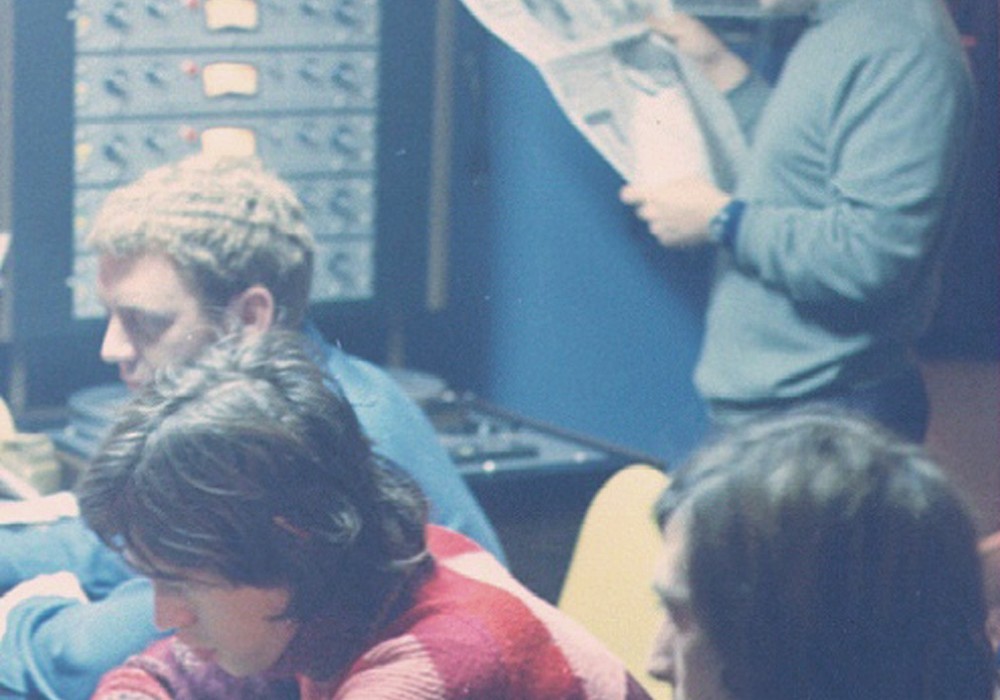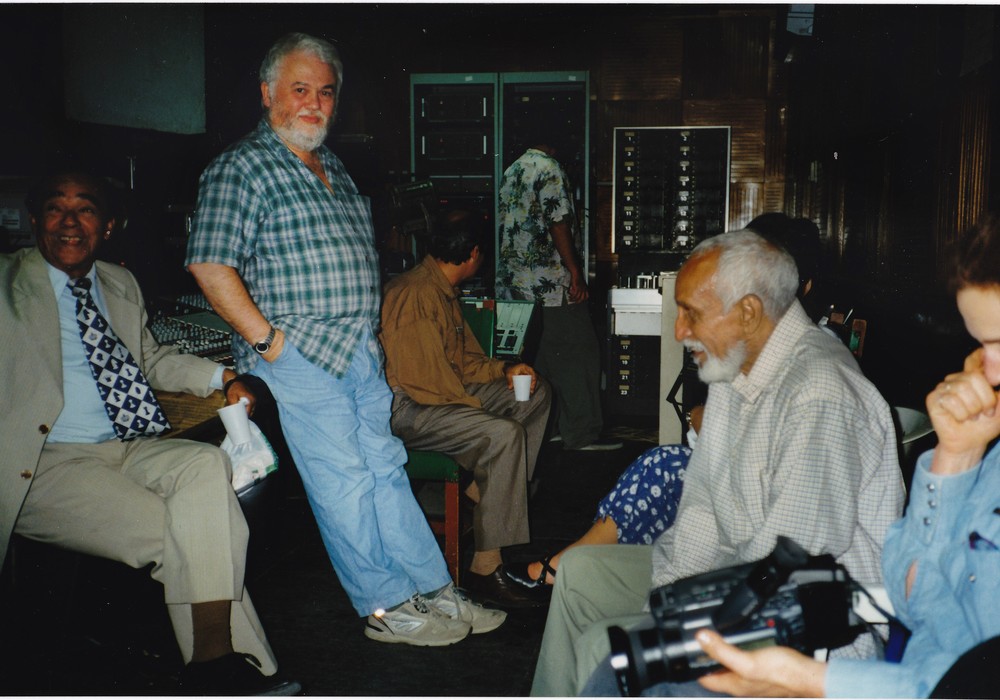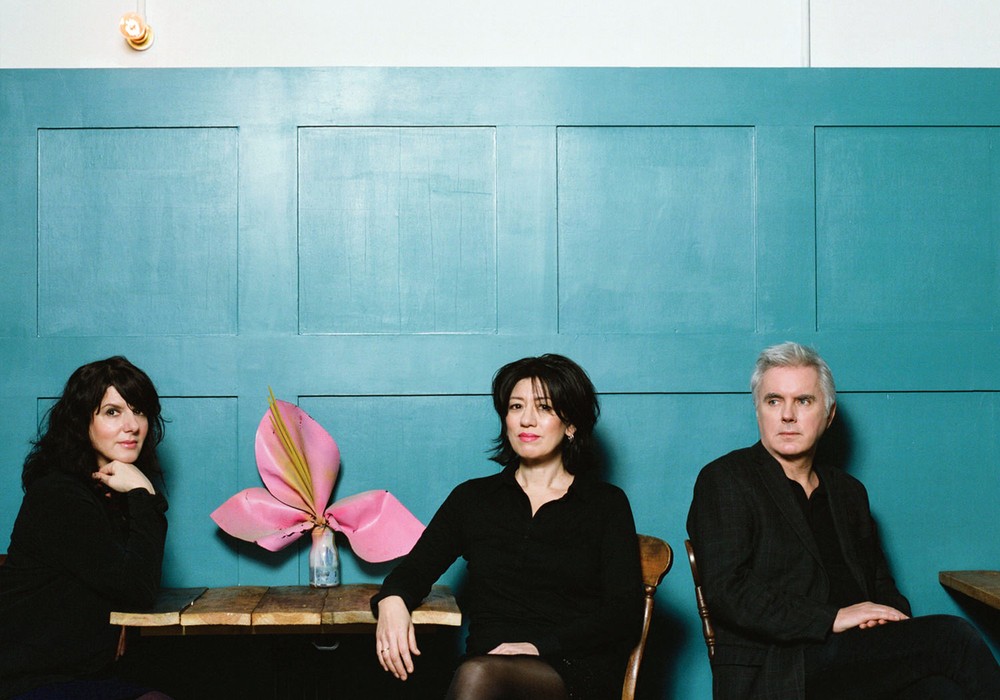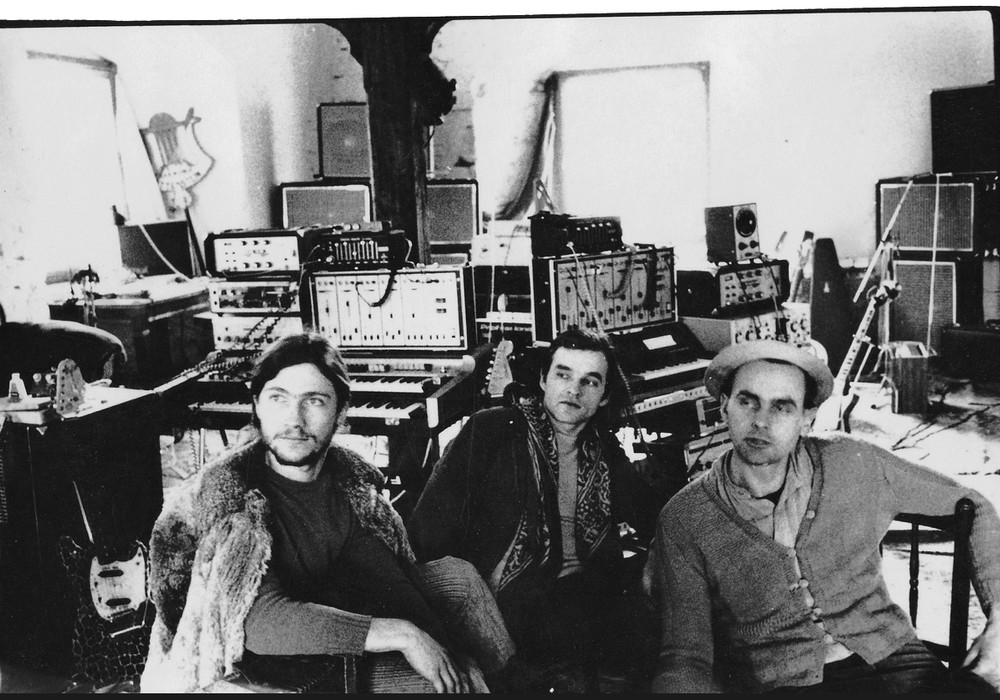Don Zientara is a name I became familiar with simply by seeing it over and over again on record, and then CD, liner notes. From his Inner Ear Studios, he's been engineering and producing Washington, D.C., area bands for more than twenty years. His most famous credits include Minor Threat, Scream, Dag Nasty and Fugazi. He was kind enough to sacrifice his in-between-sessions downtime for a lengthy and informative phone interview. I was pleased to discover that Don was yet another mad scientist whose laboratory is his studio and whose creations are the shining results of creative experiments and hard work.
How did you get into recording and being an engineer? Did you go to school?
No I didn't. I was intrigued with electric guitars... we're talking mid to late 50's... and I was wanting guitar amplifiers and things like that. One of my friends in grammar school used to work at a hi-fi repair shop. The guy was just a genius in terms of putting stuff together. I had an old tape recorder and he helped me rig it so I could play the guitar into it and actually use the tape recorder and the speaker...
As a little amp?
Exactly! I couldn't afford an amplifier, so I used the little amp in there, and that got me into fooling around with wires and stuff like that. I was in bands all the way through high school, college and afterwards. In the early to mid 70's I was in a group, and we needed to record our own demo. So I got my trusty stereo tape recorder together, which I always had around, and a crude mixer. We sort of pulled together equipment and recorded the demo. But we needed to buy a Shure mixer and a few other pieces of equipment. Once we started gathering some of that stuff, word got around and other people asked us to record their demos.
I helped out some friends of mine who were in The Look. The first time I recorded them I think it was in the basement. Then they wanted me to do a live show, in hopes of getting a better recording. If you can imagine: a Shure mixer with four microphone inputs with very, very cheap microphones. Usually, one microphone would be propped up in front of the PA speaker for the vocals, then three other microphones: one for the drums, or somewhere between the drums and the bass amp, and the other two for guitars. We put the vocals on one stereo channel and everything else on the other. At that particular show, there was a group called the Slickee Boys who were playing too, and they asked me to record them, since I was there. They were an underground band of some renown in the city. So I recorded them, and it turned out... oh I guess reasonably good. Most of the stuff from those days... if you really go back and listen hard... really sucks. But for the time, I guess it was all right. And also for the price, it was all right (laughs).
And what year was this?
About '75 or '76, maybe '77 with The Slickee Boys, I recorded a bunch of other albums, of equal fidelity, probably, and through them got to know Skip Groff, who put out a couple of their records on Limp Records. Skip was really in touch with a lot of the bands who were on the forefront of music like The Slickee Boys, Bad Brains, The Urban Verbs and a bunch of others. So, he brought a few of these bands in to record. Then he brought Minor Threat in. He thought they'd be a good try since they were so raucous and brash. And all of a sudden, I was doing a lot of this punk music recording. This was going on in the evenings. In the daytime, I was working at the National Gallery of Art in Prints and Drawings. Because, basically, my background is in art. So this [recording] is all going on as sort of a life outside my life kind of thing. Eventually, the National Gallery built a studio. This was in the early 80's. But they had problems getting the patchbay together. Since I'd been messing around with this stuff, I said, "I can help you guys connect this thing up and get it going." I think they had two two-track recorders, and that's about it. The mixing board had about four channels. But it was high-quality stuff. (It was used) for narration, mainly, for their programs on tape, audio visual shows, slide shows and things like that. So, I connected that up for them. And immediately after that was done, they didn't have an engineer...
